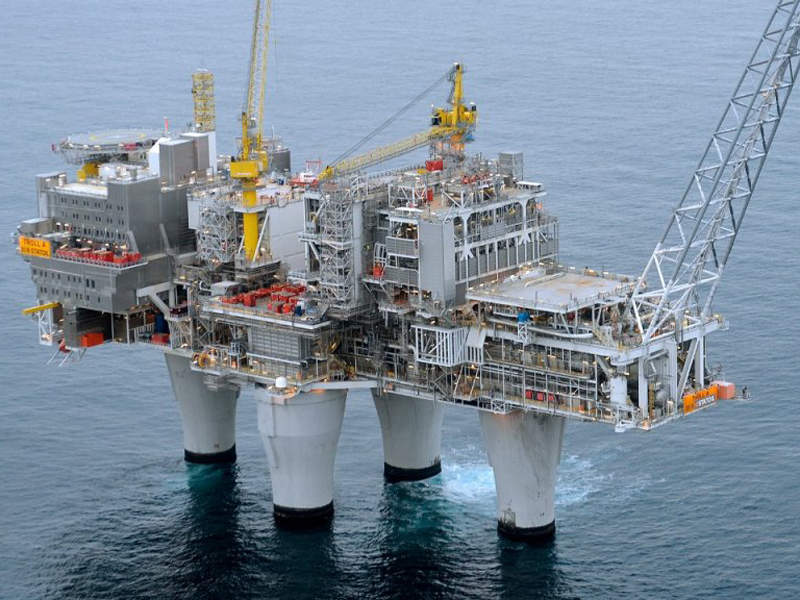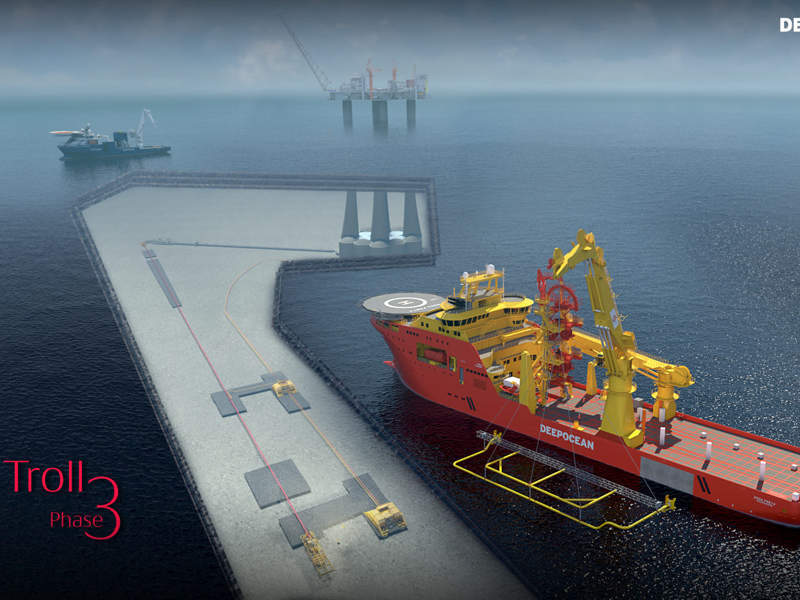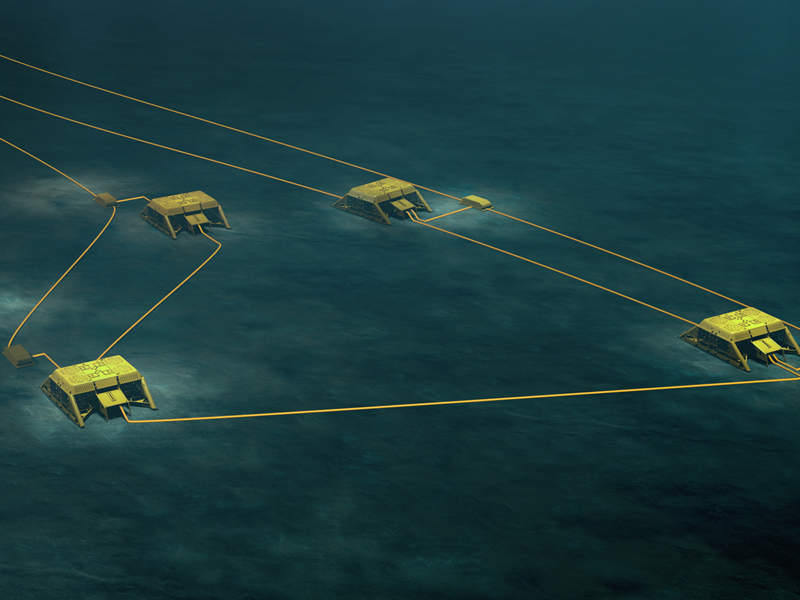Troll oil and gas field is located 65km west of Kollsnes offshore Bergen in the northern part of the Norwegian North Sea in water depths of 300m-340m. It is one of the biggest oil and gas fields in the Norwegian continental shelf, containing approximately 40% of the gas reserves found in the region.
The field covers approximately 700km² and comprises the Troll Ost and the Troll Vest structures spread over blocks 31/2, 31/3, 31/5, and 31/6. It is jointly owned by Petoro (56%), Equinor (30.58%, operator), Total E&P Norge (3.69%), ConocoPhillips Skandinavia (1.62%), and Norkse Shell (8.10%).
The first phase of the field development, which commenced production in September 1995, involved recovery of gas from the Troll east structure. Phase two recovered oil from the Troll west structure. The first two phases have together recovered more than 900 million cubic metres (Mm³) of oil and gas and are expected to continue producing until 2060.
Phase three of the Troll field will focus on the recovery of gas from the Troll west structure. Production from phase three is scheduled to begin in the first half of 2021.
Troll oil and gas field geology and reserves
Troll is the biggest oil producing field in the Norwegian continental shelf. The field has two structures – Troll east and Troll west. The oil and gas reservoirs are of shallow marine sandstones of the late Jurassic Sognefjord formation.
The Troll east structure holds two thirds of the recoverable gas reserves of the field. The Troll west reservoir had a 20m-26m oil column under a gas cap of 200m located at a depth of 1,360m. The oil column is now reduced to 12m-14m.
A total of 900 million standard cubic metres of oil-equivalent have been recovered from the field over the past 25 years. The remaining reserves of the field are estimated to be 870Mm³ of oil and gas.
Troll oil and gas field phase three development plan
Equinor, along with other partners, submitted the plan for phase three development of the Troll field to the Norwegian Ministry of Petroleum and Energy in July 2018. The Troll phase three development will add seven years to the plateau production of gas, and extend the field life by 17 years.
“Phase three of the Troll field will focus on the recovery of gas from the Troll west structure.”
Phase three will cover the western part of the greater Troll field and will be powered from onshore. The development plan includes a subsea solution, which will be tied back to the Troll A platform. The subsea solution includes two subsea templates comprising four well slots each, eight production wells, and a 36in diameter pipeline.
A new processing module is also planned to be installed on Troll A platform. The module will receive and process the gas from Troll west field, before it is piped to the Kollsnes facility onshore.
Contractors involved
Equinor awarded the $1.21bn engineering, procurement, construction and installation (EPCI) contract for a new processing module to Aker Solutions in May 2018. The contract involves both the topside and subsea installations.
The EPCI contract follows a front-end engineering and design (FEED) contract awarded in September 2017. Aker Solutions was also awarded the contract for providing subsea production systems and services in January 2018.
Nexans won the contract for providing subsea umbilicals in July 2018. The contractual scope includes the provision of 27km of powered umbilicals along with fibre-optics and hydraulic elements.
DeepOcean was awarded the contract for conducting marine operations in July 2018. The contractual work includes project management, engineering, procurement, fabrication, and offshore installation of subsea template structures, spools, manifolds, and laying of umbilicals.





